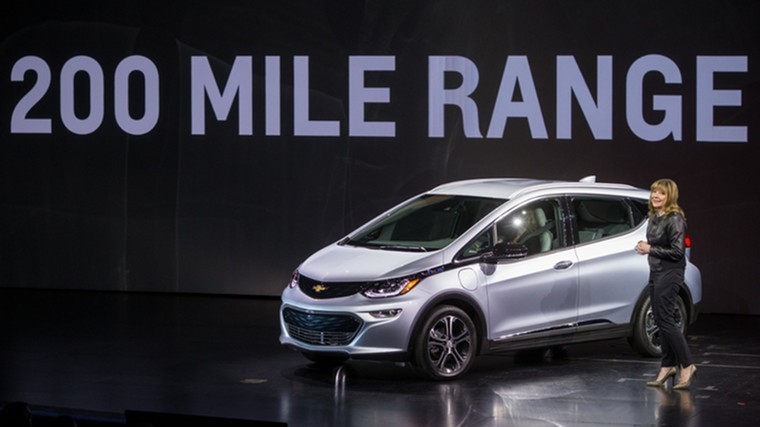Self-driving car accused of 'negligent driving'

Mr Nilsson claims he was driving down a San Francisco street last month when Mr Salazar commanded the self-driving vehicle, a Chevy Bolt, to change lanes. Once the Bolt cleared the roadway, Mr.Nilsson proceeded to travel straight. However, at the same time, the self-driving vehicle suddenly veered back into Mr. Nilsson’s lane, striking him and knocking him to the ground. As a result of the crash, “Mr Nilsson suffered injuries to his neck and shoulder and will require lengthy treatment.’ The vehicle was operating in self-driving mode at the time of the crash, the suit alleges, but a backup driver was sitting in the front seat of the vehicle with his hands off the wheel. In a report filed with the California DMV, GM disputed Nilsson’s account of the crash. “As the Cruise AV was re-centering itself in the lane, a motorcycle that had just lane-split between two vehicles in the centre and right lanes moved into the center lane, glanced the side of the Cruise AV, wobbled and fell over,” the report claims, noting that the Cruise AV was traveling with the flow of traffic at 12 mph and the motorcycle was traveling at approximately 17 mph. “The motorcyclist was determined to be at fault for attempting to overtake and pass another vehicle on the right under conditions that did not permit that movement in safety,” the report says, adding that Nilsson claimed he had shoulder pain. A GM spokesperson said safety is the company’s “primary focus” during the development and testing of self-driving technology. “In this matter,” the spokesperson added, “the SFPD collision report stated that the motorcyclist merged into our lane before it was safe to do so.” Nilsson’s lawyer, Sergei Lemberg, claims that the police report actually supports his client’s claim, not GM’s. He said the police report states that the AV driver saw Nilsson before the crash but didn’t have enough time to grab the wheel and swerve. “Absolutely we dispute it,” he said, referring to GM’s side of the story. “As far as the technology is concerned, I’m troubled that GM shifted the blame to my client. The manoeuvre by the autonomous car was unpredictable and dangerous.” Nilsson’s suit is one of the first involving an autonomous vehicle, and experts warn that it will be the first of many. While manufacturers say self-driving vehicles will severely reduce traffic accidents and fatalities, experts are already warning that there may be many more accidents involving robot-operated cars, a type of accident that raises unresolved questions about responsibility and restitution. Nilsson is seeking damages exceeding NZ$102,000.





